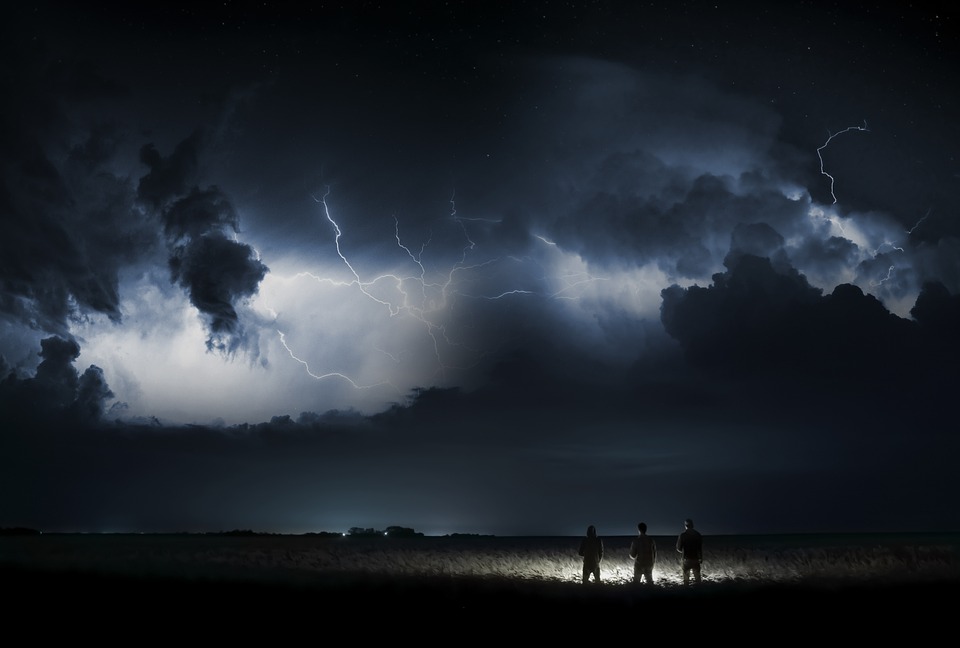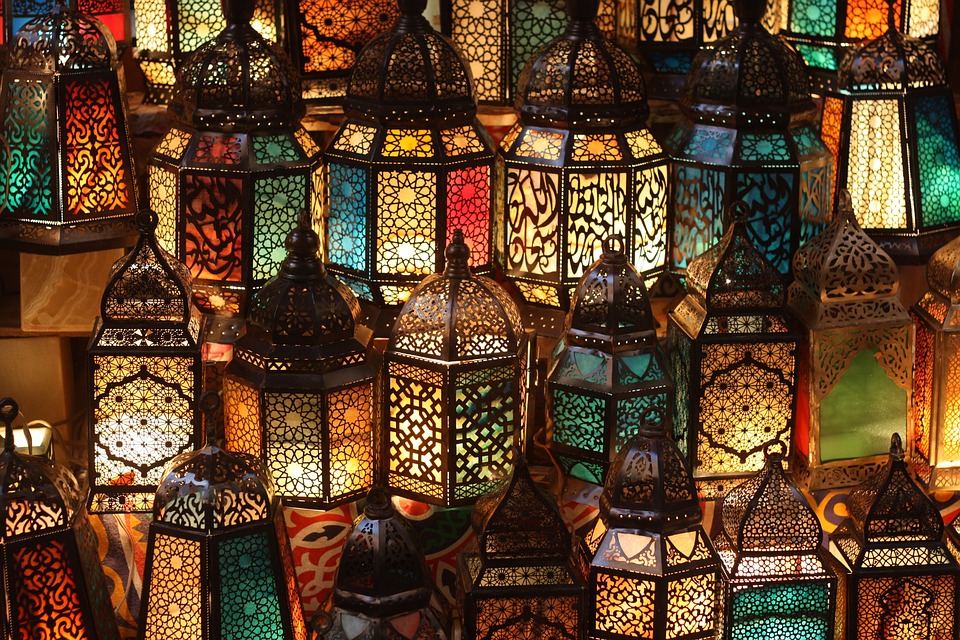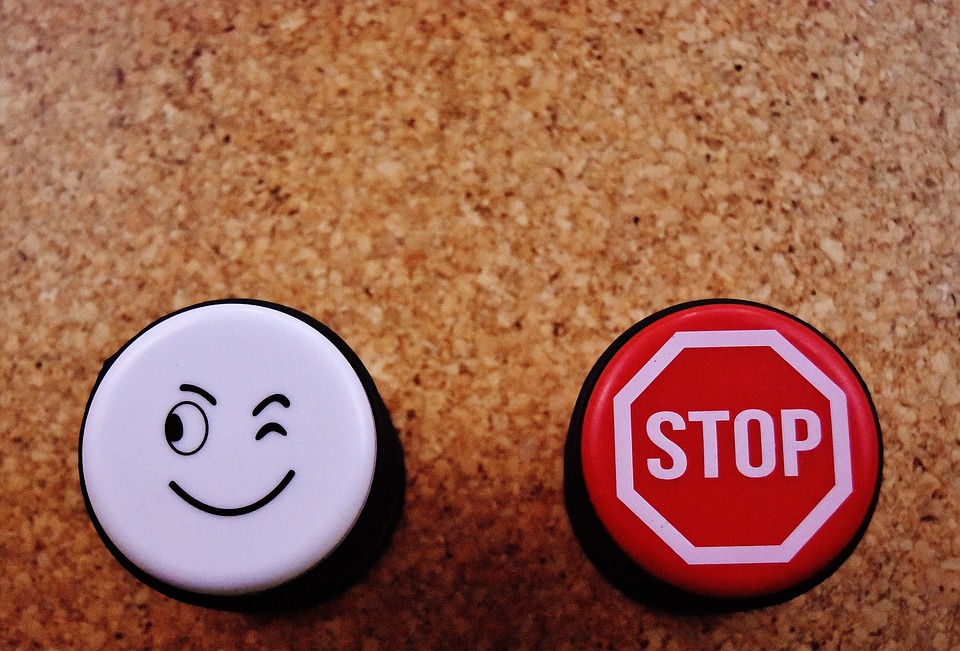Unraveling the Mystery of Droplet Interference: A Closer Look at the Science Behind the Phenomenon
Imagine walking through a misty forest on a warm summer day, the air filled with tiny droplets of water suspended in the air. As you gaze up at the canopy above, you notice something peculiar – the light filtering through the leaves creates a mesmerizing display of colors, as if the very fabric of reality is shifting before your eyes. This enchanting phenomenon is known as droplet interference, and it’s a fascinating topic that has captivated scientists and curious minds alike.
What is Droplet Interference?
Droplet interference occurs when light passes through a series of tiny water droplets, typically found in fog, mist, or clouds. As the light waves encounter the droplets, they are refracted, or bent, and begin to interact with one another. This interaction creates an interference pattern, where the light waves either reinforce or cancel each other out, resulting in the formation of colorful, shimmering effects.
The Science Behind Droplet Interference
The science behind droplet interference is rooted in the principles of wave theory and optics. When light passes through a droplet, it is refracted due to the change in medium (air to water). The refracted light then encounters the droplet’s surface, where it is either reflected or transmitted. This process creates a complex pattern of light waves, which can be thought of as a series of ripples on a pond.
As the light waves interact with one another, they begin to interfere, resulting in the formation of constructive and destructive patterns. Constructive interference occurs when the light waves align and reinforce each other, producing bright, colorful areas. Destructive interference, on the other hand, occurs when the light waves cancel each other out, resulting in darker, more muted areas.
Capturing the Beauty of Droplet Interference
Photographing droplet interference is a challenging task, requiring a combination of technical expertise and artistic vision. To capture the phenomenon, photographers must be able to control the lighting, angle, and composition of the shot. The use of specialized equipment, such as polarized filters and high-speed cameras, can help to enhance the colors and details of the interference pattern.
Image: A stunning example of droplet interference, captured in the misty mountains of Japan. (Credit: Takashi Shibata)
Frequently Asked Questions
Q: What causes the colors in droplet interference?
A: The colors are a result of the interaction between the light waves and the water droplets. The refracted light is separated into its individual colors, which are then bent and distorted, creating the colorful patterns.
Q: Can droplet interference be seen in everyday life?
A: Yes, droplet interference can be observed in a variety of everyday situations, such as in fog, mist, or clouds. However, the effects are often subtle and may require careful observation to notice.
Q: Is droplet interference unique to water droplets?
A: No, droplet interference can occur with other types of droplets, such as oil or soap bubbles. However, the effects are typically more pronounced with water droplets due to their high refractive index.
Q: Can droplet interference be replicated in a laboratory setting?
A: Yes, scientists have successfully replicated droplet interference in laboratory settings using specialized equipment and techniques. This has allowed researchers to study the phenomenon in greater detail and gain a deeper understanding of its underlying mechanisms.
As we continue to unravel the mystery of droplet interference, we are reminded of the beauty and complexity of the natural world. This phenomenon serves as a powerful reminder of the importance of scientific curiosity and the wonders that await us in the unexplored corners of our universe.



